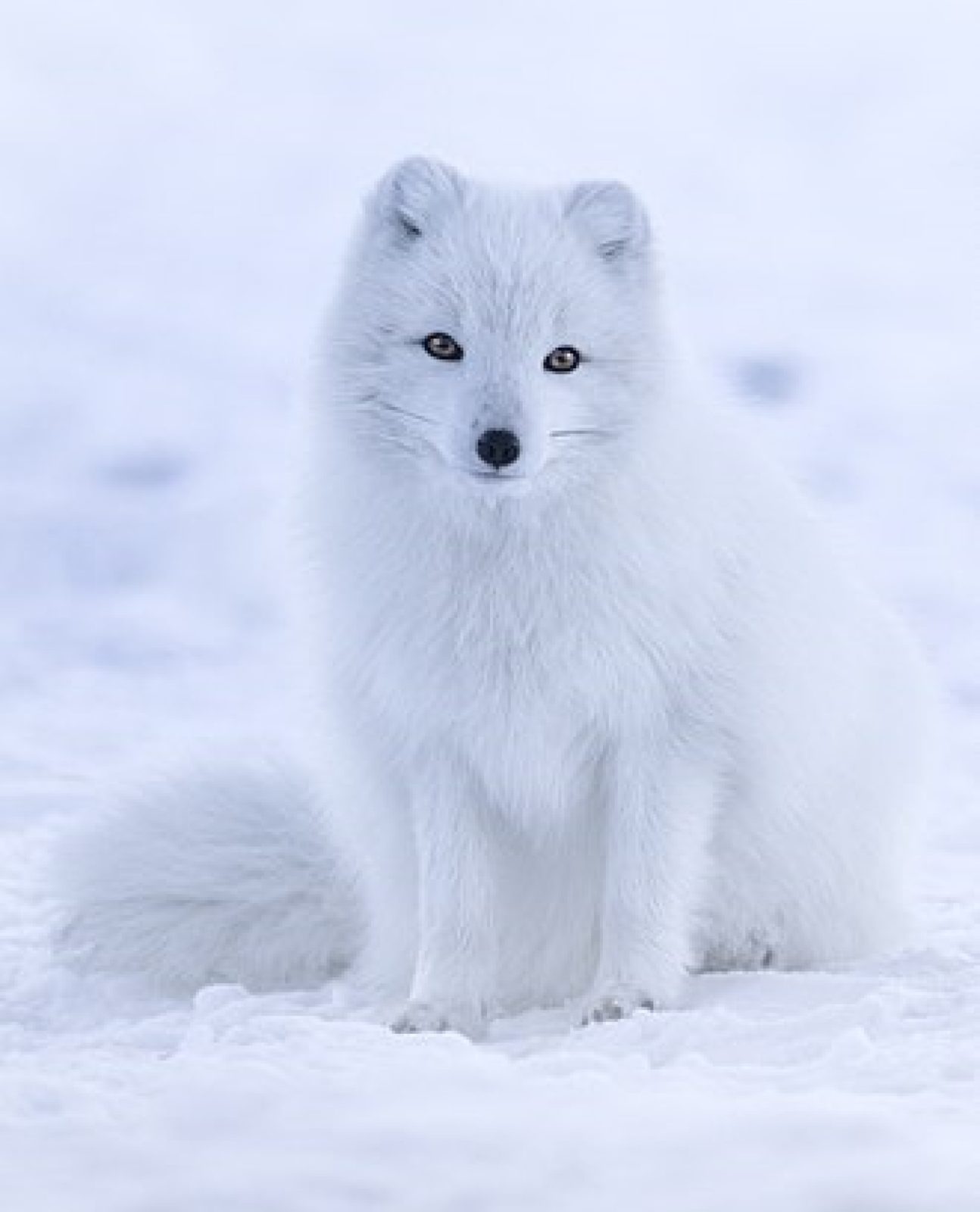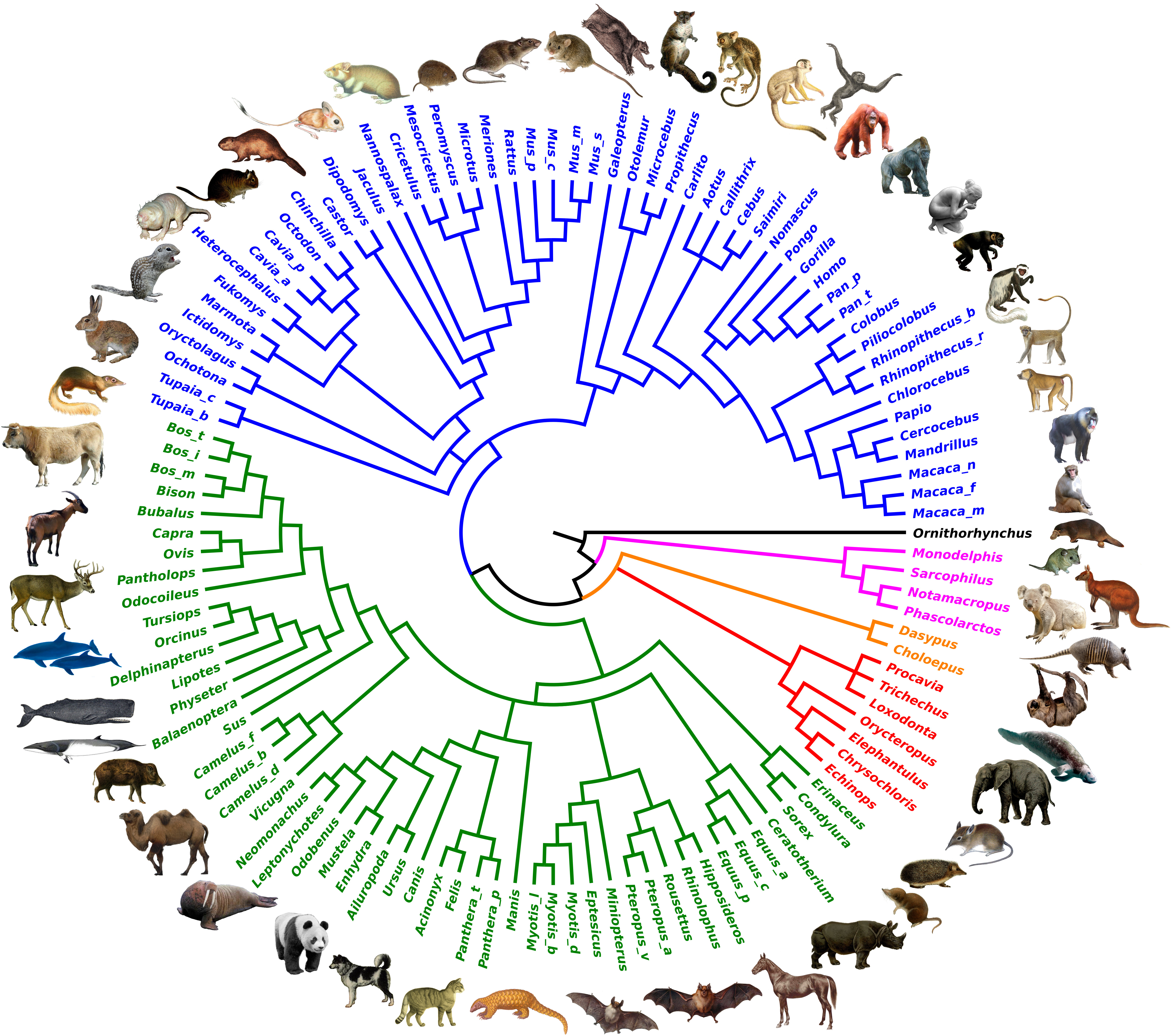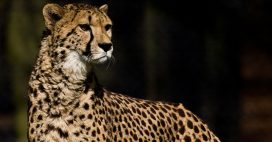
Arctic fox
It is a similar size to other foxes, although generally more rounded, so as to loose as little weight as possible.
The Arctic fox preys on many small creatures such as lemmings, voles, ringed seal pups, fish, waterfowl, and seabirds. It also eats carrion, berries, seaweed, and insects and other small invertebrates.
Natural predators of the Arctic fox are golden eagles, Arctic wolves, polar bears, wolverines, red foxes, and grizzly bears. Having said this, they are also keen scavengers and seem to get alarmingly close to these animals on relatively regular occasions. in places where they occur, rodents such as lemmings can form a large part of an arctic fox families diet. In areas where their range overlaps with red foxes, they often build bigger dens with more exits, so as to be able to escape. One of the issues with reduced snow cover, is the fact that red foxes can seize range formerly used by Arctic foxes.
During much of the year, there is as much as a 90-100 degree difference between the internal temperature of the fox and the air temperature. When inactive, they will curl up into a ball, tucking in all extremities to preserve heat as much as possible.
Primarily monogamous, a pair of arctic foxes are required in order to raise their cubs. In areas where predation is higher, arctic foxes change their behaviour. Here they are often far more promiscuous, possibly so that there are more adults who think the young is theirs and therefore more help for protection, should one of the true parents get killed.
They are the only fox with fur on their feet, so as to avoid even more heat loss. It appears to have originated out of foxes from the Tibetan Plateau.
There are 4 recognized subspecies (beyond the common one)
- Bering Islands Arctic fox, V. l. beringensis
- Greenland Arctic fox, V. l. foragoapusis
- Iceland Arctic fox, V. l. fuliginosus
- Pribilof Islands Arctic fox, V. l. pribilofensis












